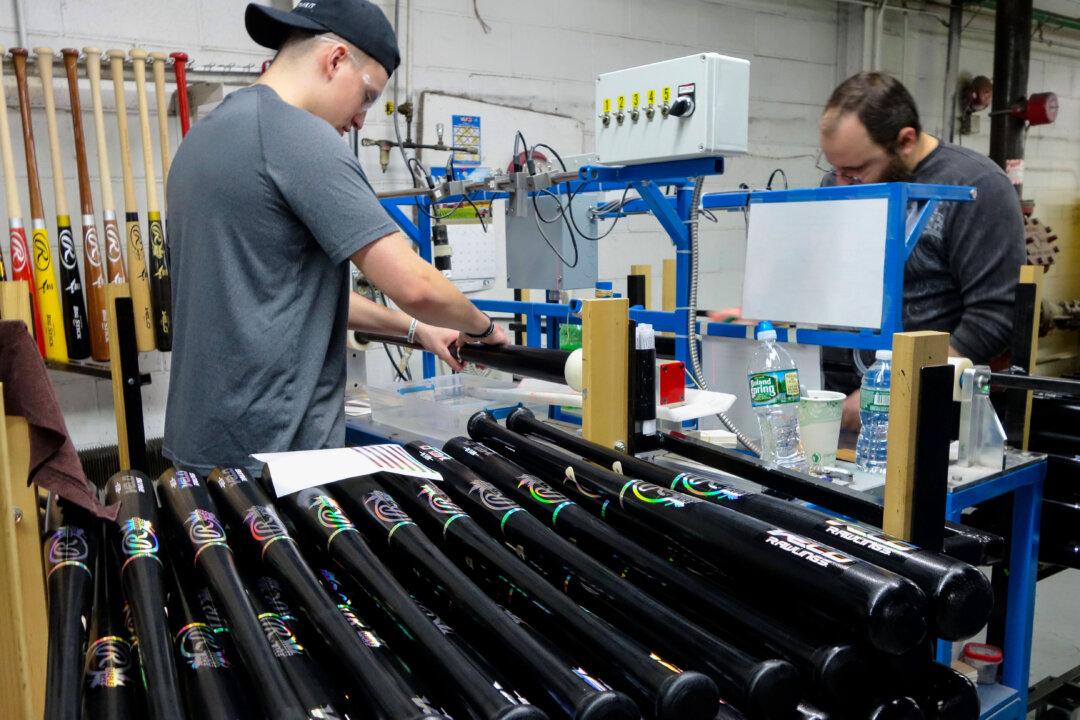Ford Motor Co. and striking United Auto Workers (UAW) union members have reached a new settlement. However, there’s still no agreement with General Motors (GM) and Stellantis in a strike that reached the 40-day mark on Oct. 25. And while the union workers are striking for higher wages, little discussion has been given to how car prices and repair parts have been and will be affected.
“Hey, I’d like to make $40 an hour producing cars that break,” a frustrated Jim Timon of Timon’s Car Care in Cincinnati told The Epoch Times. “I know their grievances, but cars are going to be 40 percent to 43 percent higher when they’re done.”





